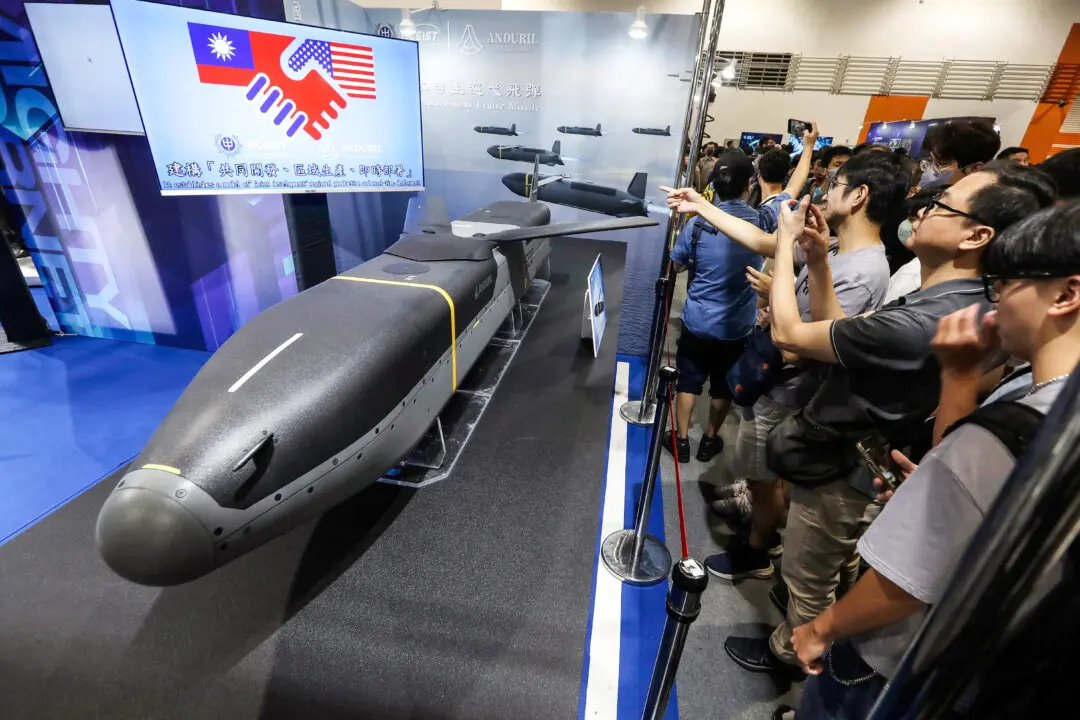Neither bats nor pangolins were being sold in Wet Markets in Wuhan when the CCP (Chinese Communist Party) virus pandemic started, a study by Oxford University found.
Chinese officials have claimed the virus, which causes COVID-19, originated outside the country, but it is widely believed to have come from a top-level laboratory in Wuhan, where the initial cases were detected, or from a seafood market near the lab.





